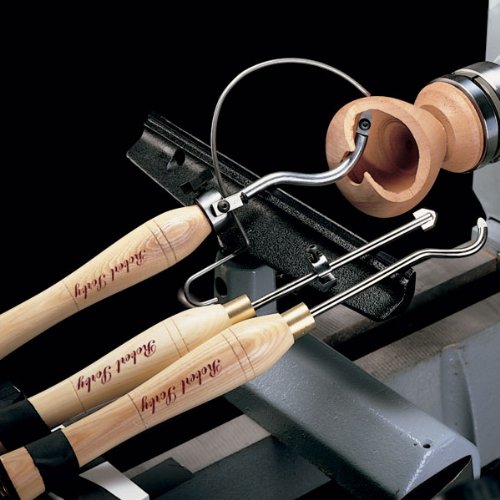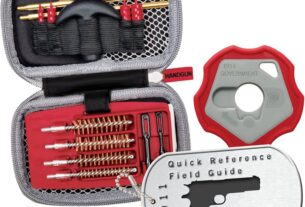Are you a woodturner looking for the perfect hollowing tool? Look no further! In this comprehensive guide, we will take you through everything you need to know about woodturning hollowing tools. From types of tools to techniques, and even safety tips, we’ve got you covered.
Types of Woodturning Hollowing Tools
There are several types of hollowing tools available for woodturners. Each tool has its own unique features and benefits. Here are some popular types of hollowing tools:
1. Straight Hollowing Tool – This is the most basic type of hollowing tool. It has a straight shaft with a cutting edge at the end. This tool is ideal for beginners as it is easy to use and control.
2. Curved Hollowing Tool – As the name suggests, this tool has a curved shaft that allows you to reach difficult areas when hollowing out your workpiece.
3. Swept Back Hollowing Tool – This tool has a curved shaft that is swept back at an angle. This design reduces the risk of catching on the edge of your workpiece.
4. Hooked Hollowing Tool – This tool has a hook-shaped cutting edge that allows you to get into tight spaces when hollowing out your workpiece.
5. Captive Ring Hollowing Tool – This tool has a captive ring at the end of the shaft that prevents it from penetrating too deeply into your workpiece.
Techniques for Using Woodturning Hollowing Tools
Now that you know about the different types of hollowing tools, let’s talk about how to use them effectively. Here are some techniques to keep in mind:
1. Start Slow – When using a hollowing tool, it’s important to start slow and steady. Begin by making small cuts until you get comfortable with the tool.
2. Use Light Pressure – Don’t apply too much pressure when using a hollowing tool. Let the cutting edge do the work for you.
3. Keep the Tool Rest Close – Make sure the tool rest is as close to your workpiece as possible. This will help you maintain control over the tool and prevent it from catching on the edge of your workpiece.
4. Check Your Progress Often – It’s important to check your progress often when hollowing out a workpiece. Use a flashlight or mirror to inspect the inside of your workpiece and make adjustments as needed.
Safety Tips for Using Woodturning Hollowing Tools
As with any woodworking tool, safety should always be a top priority when using hollowing tools. Here are some tips to keep in mind:
1. Wear Eye Protection – Always wear eye protection when using a hollowing tool. Wood chips and debris can fly up at any time, so it’s important to protect your eyes.
2. Use a Dust Mask – Wood dust can be harmful if inhaled, so always wear a dust mask when working with woodturning tools.
3. Secure Your Workpiece – Make sure your workpiece is securely mounted on the lathe before starting to use a hollowing tool.
4. Keep Your Hands Clear – Never put your hands near the cutting edge of a hollowing tool while it’s in motion.
Conclusion
Woodturning hollowing tools are essential for creating beautiful and intricate turned pieces. By understanding the different types of tools available, techniques for using them effectively, and safety tips, you can take your woodturning skills to the next level.
References:
https://en.wikipedia.org/wiki/Woodturning
https://www.popularwoodworking.com/techniques/what-is-woodturning/
https://www.finewoodworking.com/2016/07/01/hollow-vessel-turnings-part-1-the-tools-you-need




